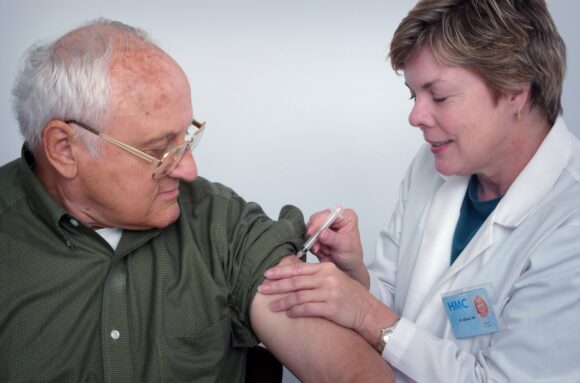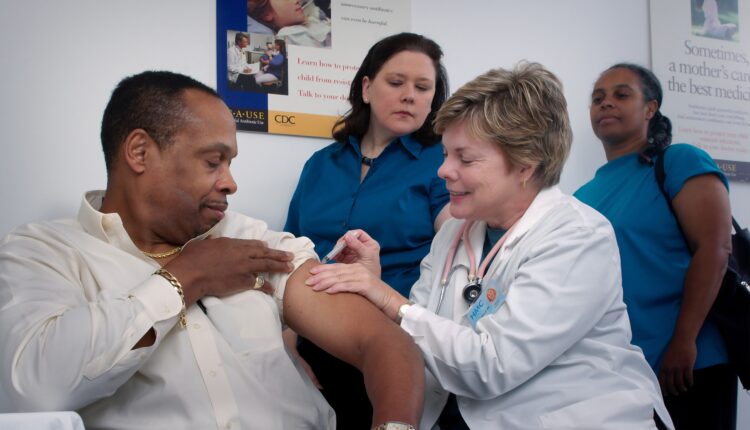Effective Ways to Prevent Hairballs in Cats
Are you tired of finding hairballs all over your house? Don’t worry, there are effective ways to prevent those pesky hairballs in your furry feline friend. From grooming techniques to dietary changes, this article will guide you through the best methods to keep your cat’s digestive system hairball-free. With these tips, you can say goodbye to those unpleasant surprises and keep your cat’s coat and tummy happy and healthy.
Preventing Hairballs in Cats
Understanding Hairballs and their Causes
Hairballs are a common issue that cats face due to their grooming habits. Cats have rough tongues that they use to clean themselves, and during this process, they often ingest loose hair. Most of the time, this hair passes through the digestive system without any problems. However, when excess hair accumulates in the stomach instead of passing through, it can form into a hairball.
The causes of hairballs in cats can vary, but the main factors include excessive grooming, changes in fur length or thickness, and inherent breed characteristics. Cats that shed a lot or have long hair are more prone to hairballs. Additionally, medical conditions such as skin allergies or digestive problems can contribute to an increased likelihood of hairballs.
Proper Grooming Techniques
To reduce the occurrence of hairballs, it is essential to practice proper grooming techniques. Regular grooming sessions can help in removing loose hair before your cat swallows it. Begin by using a soft-bristled brush to gently comb your cat’s fur, focusing on areas prone to matting and excess shedding.
Be mindful of your cat’s tolerance for grooming, as some cats may be more sensitive or resistant to the process. Gradually introduce your cat to brushing sessions, rewarding them with treats or praise to help create a positive association. If your cat simply cannot tolerate brushing, consult with a professional groomer who can provide alternative grooming options.

Regular Brushing Schedule
Establishing a regular brushing schedule is crucial to prevent hairballs in your cat. The frequency of brushing depends on your cat’s breed, fur type, and shedding patterns. Long-haired cats generally require more frequent brushing, ideally daily or every other day, to prevent matting and hairball formation.
For short-haired cats, a weekly brushing session is usually sufficient. However, during shedding seasons, it may be necessary to increase the frequency of brushing to help remove excessive loose hair. Set aside dedicated grooming sessions in your routine, making it a pleasant experience for both you and your cat.
Specialized Brushes and Combs
Using the right brushes and combs is essential for effective grooming. Various brushes and combs are available in the market, each designed to suit different fur types and grooming needs. For cats with long hair, consider using a wide-toothed comb or a slicker brush to remove tangles and prevent matting.
Short-haired cats can benefit from tools like rubber grooming gloves or bristle brushes. These tools help in collecting loose hair during brushing while providing gentle massaging action for your cat’s skin. Experiment with different brushes to find the ones that work best for your cat, ensuring that the grooming experience is comfortable for both of you.

Dietary Modifications
Proper nutrition plays a significant role in preventing hairballs in cats. Making certain dietary modifications can help your cat maintain a healthy coat and digestive system. When choosing cat food, opt for formulas that promote a healthy skin and coat. Look for diets that include omega-3 and omega-6 fatty acids, which are essential for maintaining a glossy coat and minimizing shedding.
Feeding High Fiber Foods
Including high-fiber foods in your cat’s diet can contribute to preventing hairballs. Fiber aids in digestion and facilitates the passage of hair through the digestive system. Consider incorporating fiber-rich cat food or adding supplements, such as psyllium husk or wheat bran, to your cat’s meals. However, it is crucial to consult your veterinarian before introducing any dietary changes or supplements to ensure they are appropriate for your cat’s individual needs.

Introducing Hairball Prevention Cat Food
Hairball prevention cat food is specifically formulated to reduce hairball formation in cats. These diets are designed to contain specialized fibers that aid in the natural elimination of hair through the digestive system. Consider incorporating hairball prevention cat food into your cat’s diet as part of a holistic approach to hairball management.
Before making any dietary changes, consult with your veterinarian to determine the most suitable cat food options for your cat’s age, health condition, and individual requirements.
Increasing Water Intake
Ensuring your cat stays hydrated is essential for preventing hairballs. Adequate water intake helps in maintaining a healthy digestive system and ensures the smooth passage of hair through the intestines. Encourage your cat to drink more water by providing fresh water sources throughout the house.
Consider using cat water fountains, as many cats are attracted to flowing water and may be more inclined to drink from them. Additionally, incorporating wet food into your cat’s diet can help increase their overall water intake.
Supplementing with Digestive Aids
Digestive aids can assist in minimizing the occurrence of hairballs. These products typically come in the form of treats or supplements and contain ingredients that help lubricate the digestive tract, making it easier for hair to pass through. Petroleum jelly is a commonly used digestive aid that can be applied to your cat’s paw for them to lick off. However, always consult your veterinarian before using any digestive aids to ensure they are safe and appropriate for your cat.
Effective Home Remedies
In addition to commercial products, several home remedies can help prevent hairballs in cats. These remedies are often natural and safe alternatives to traditional methods:
Petroleum Jelly and Laxative Treats
A teaspoon of petroleum jelly can be given to your cat orally, as it helps lubricate the digestive tract and facilitates the passage of hair through the digestive system. Alternatively, there are commercial laxative treats available on the market that can serve the same purpose.
Always consult your veterinarian before using these remedies to determine the appropriate dosage and ensure that they are suitable for your cat’s health condition.
Pumpkin and Other Natural Fibers
Adding a small amount of plain canned pumpkin to your cat’s diet can provide a natural source of fiber. Pumpkin contains soluble and insoluble fiber, aiding in the digestion and elimination of hairballs. Other natural fibers, such as powdered cellulose or ground flaxseed, can also be added to your cat’s food to promote regular bowel movements.
Creating a Hairball-Friendly Environment
Reducing the presence of loose hair in your home environment can help in preventing hairballs. Simple measures can be taken to minimize the accumulation of hair in living areas:
Removing Excess Hair from Living Areas
Regularly vacuuming and dusting surfaces can help reduce the amount of loose hair in your home. Invest in a reliable pet hair vacuum cleaner or use lint rollers to remove hair from upholstery and clothing. Laundering bedding and fabrics regularly can also help in maintaining a hair-free environment.
Providing Stress Relief for Cats
Stress can contribute to excessive grooming, increasing the chances of hairball formation. Create a stress-free environment for your cat by incorporating enriching activities, such as interactive toys and scratching posts. Ensure that your cat has a safe and comfortable space where they can retreat and relax when needed. Providing mental stimulation and frequent playtime can also help in redirecting your cat’s focus away from excessive grooming.
Frequent Litter Box Cleaning
Maintaining a clean litter box is essential for your cat’s overall health and well-being. Cats are naturally clean animals and may groom themselves excessively if their litter box is dirty or unpleasant. Ensure that the litter box is cleaned and scooped regularly to encourage proper elimination behavior and prevent stress-induced grooming.
Regular Veterinary Check-ups
Regular veterinary check-ups are crucial for the proactive care of your cat’s health. During these visits, your veterinarian can assess your cat’s overall condition and address any potential underlying issues contributing to hairball formation. They may recommend specific treatments, dietary adjustments, or prescribe medications if necessary.
Identifying and Treating Underlying Conditions
Sometimes, hairballs can be a symptom of an underlying medical condition. If your cat continues to experience hairball problems despite implementing preventive measures, it is important to consult your veterinarian. They can perform a thorough examination, conduct diagnostic tests if needed, and determine if there are any underlying medical issues that need to be addressed.
Seeking Professional Advice and Treatment
If your cat is experiencing severe or recurrent hairball problems, seek professional advice and treatment from a veterinarian or veterinary specialist. They can provide specialized care and recommend appropriate treatments, such as prescription diets or medications, to manage hairball issues effectively.
Remember, a holistic approach to hairball prevention is crucial, combining proper grooming techniques, dietary modifications, and creating a hairball-friendly environment. By implementing these preventive measures and seeking professional guidance when needed, you can help ensure your cat remains happy, healthy, and hairball-free.


